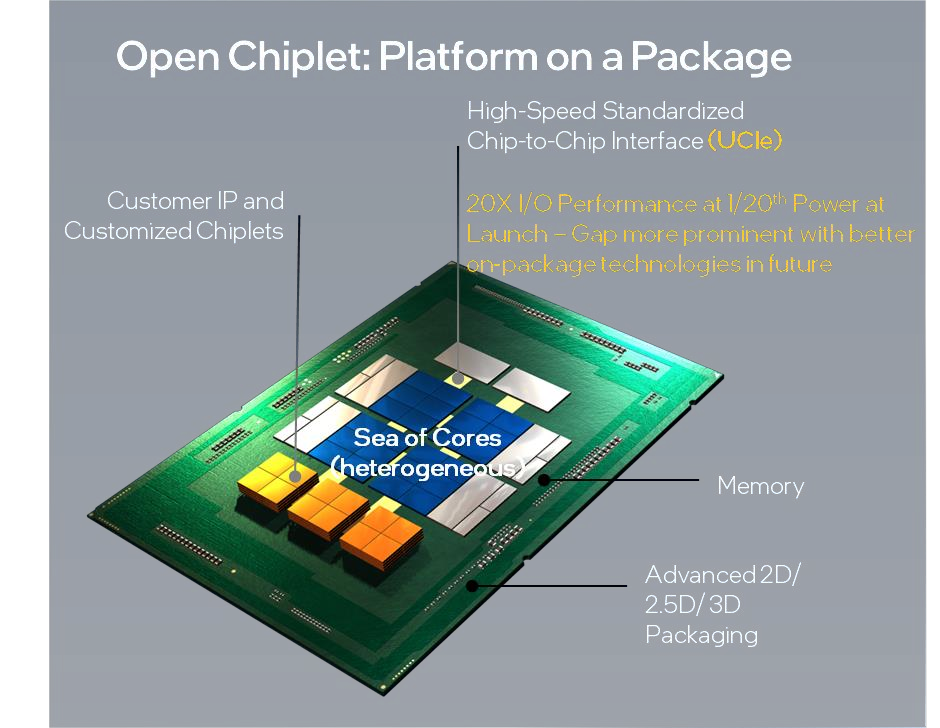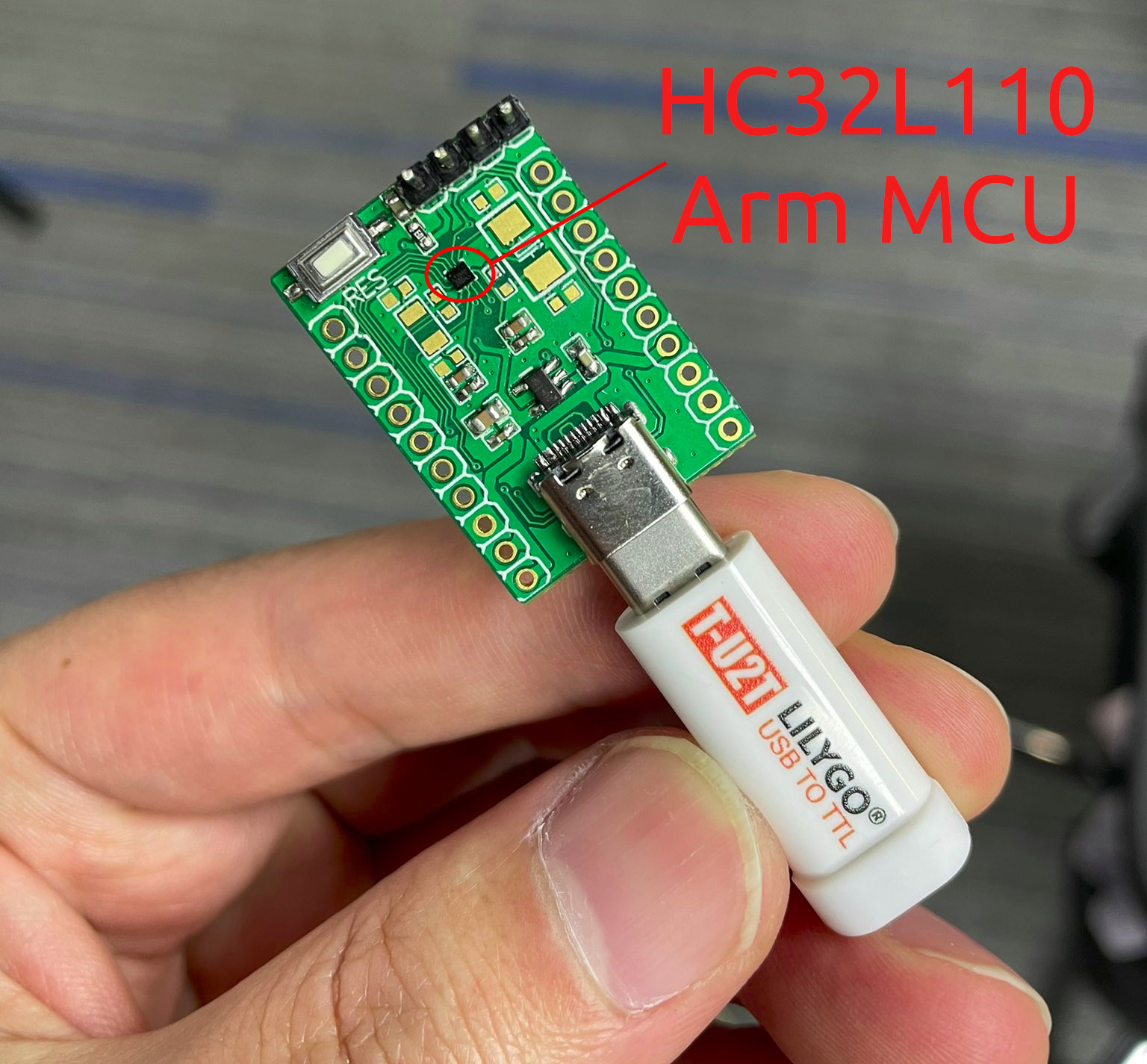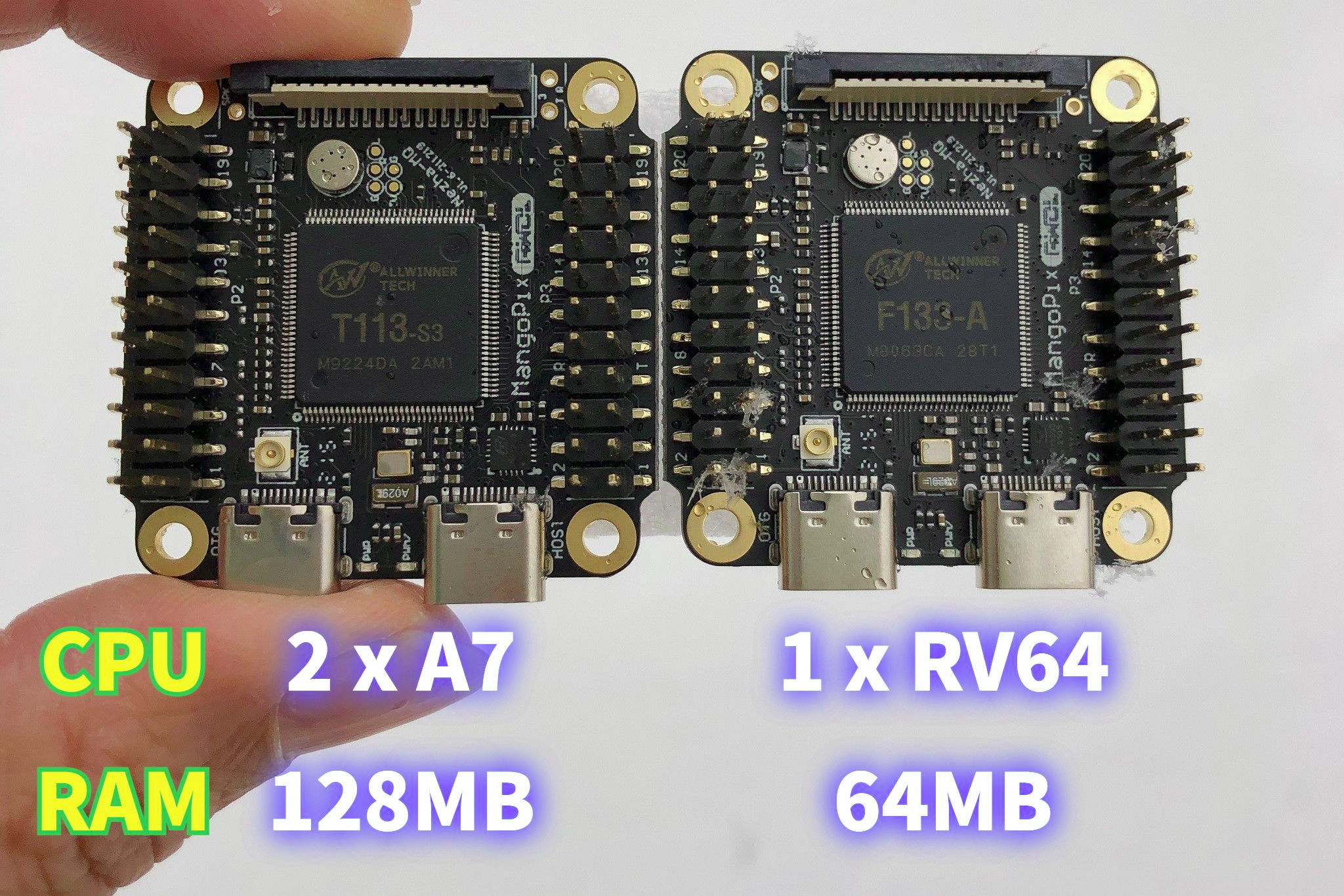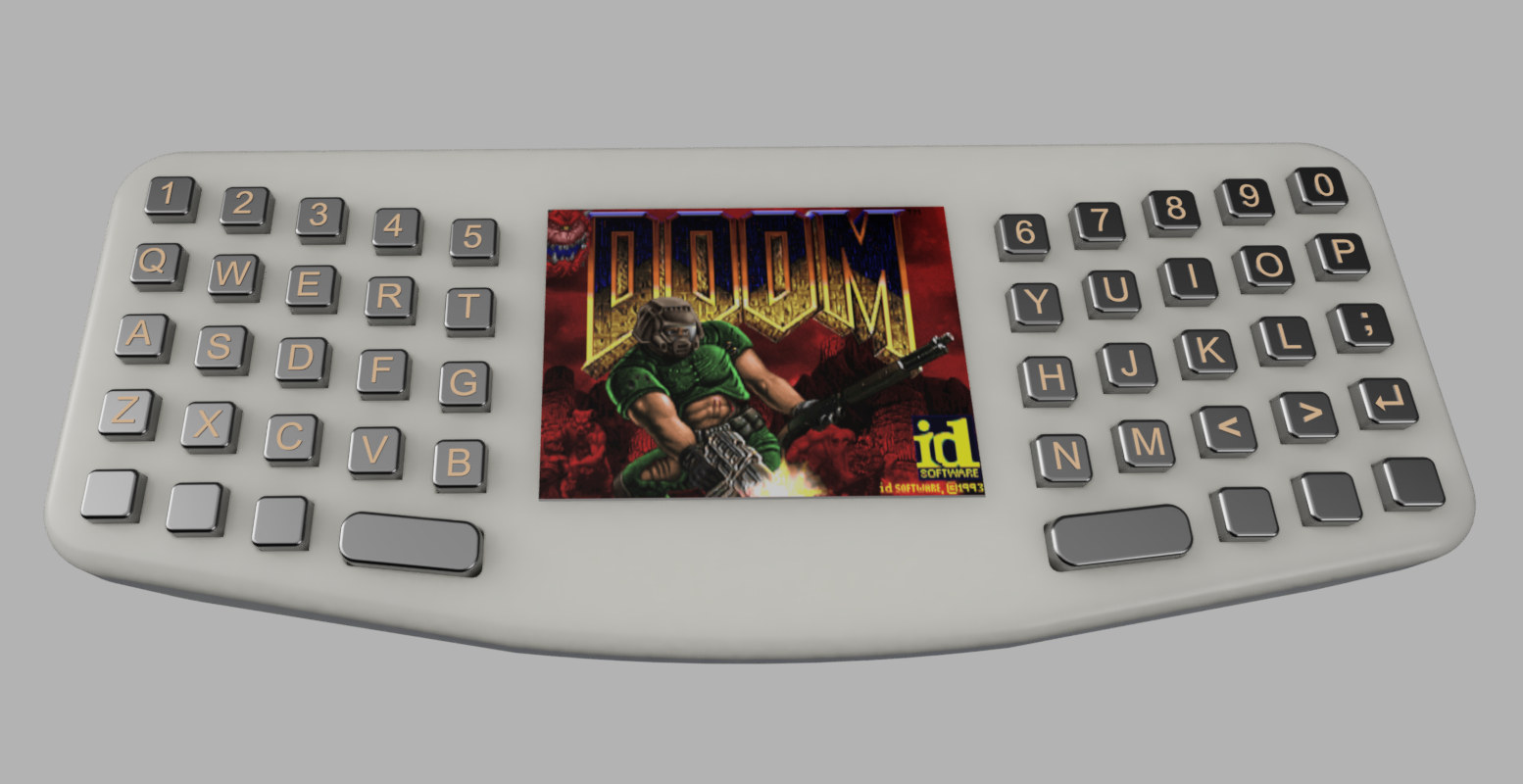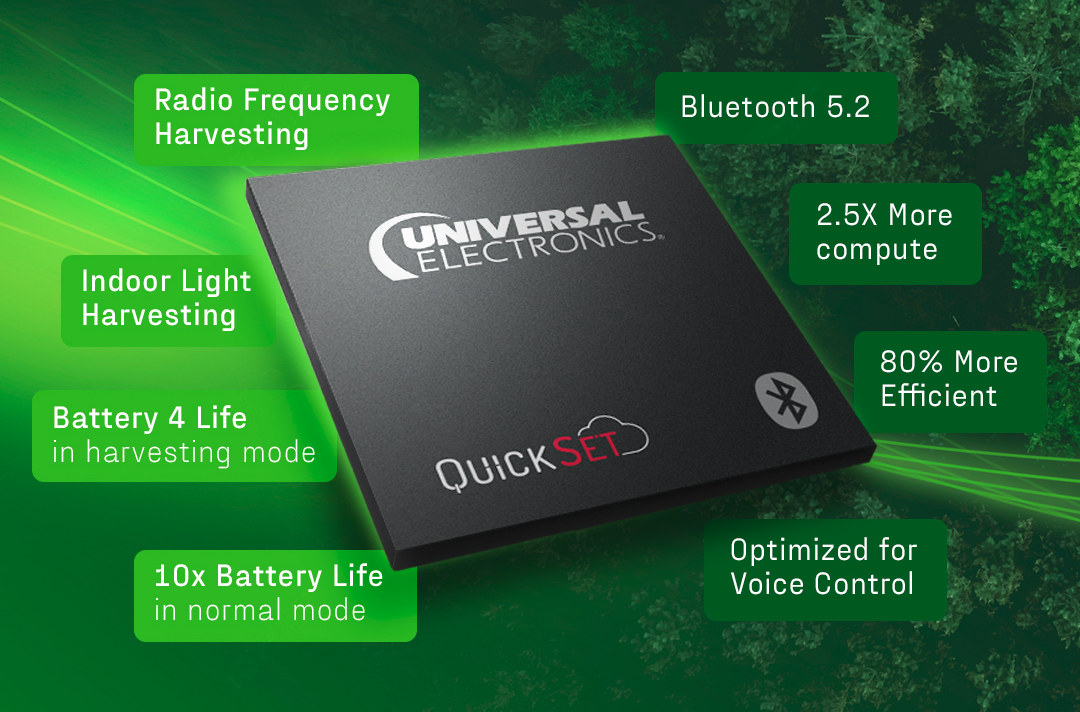We first heard about Chiplet, chips that gather IP or chips from different vendors into a single chip, in 2020 with the now-defunct zGlue’s Open Chiplet Initiative, but the term recently came back to the forefront last month with Intel’s investment into the “Open Chiplet Platform” that aims to offer a modular approach to chip design through chiplets with each block/chiplet customized for a particular function. It turns out there’s now an official standard called the Universal Chiplet Interconnect Express (UCIe) whose specification defines the interconnect between chiplets within a package, and not only backed by Intel, but also AMD, Arm, ASE, Google Cloud, Meta, Microsoft, Qualcomm, Samsung, and TSMC. UCIe defines the Physical Layer (Die-to-Die I/O) and protocols to be used for the chiplet interfaces, currently PCIe and CXL (Compute Express Link), but more protocols will be added to the specification in the future. The goal is to provide […]
Low-power satellite IoT SoC works with Totum’s Low Earth Orbit (LEO) network
Orca Systems ORC3990 is a low-power satellite Internet of Things (IoT) SoC that works with Totum’s Low Earth Orbit (LEO) network of satellites and targets outdoor and indoor tracking and monitoring applications. It’s not the first time we read about satellites being used for LPWAN networks, as Sigfox launched LEO satellites a few years ago to provide worldwide coverage even in remote locations like the Sahara desert, the two poles, and oceans. But I had never heard of Totum or Orca Systems before, so let’s have a closer look. Orca Systems ORC3990 ORC3990 specifications: Unnamed Arm cores Integrated RF Transceiver Low Power Sensor-to-Satellite (LP-S2S) connectivity in the 2.4 GHz ISM band Totum DMSS modem for improved doppler performance Link budget enables indoor signal coverage Support location fixes with 20m accuracy Low power – 10+ year battery life Package – 7x7mm QFN chip Temperature Range – -40 – +85°C Process – […]
HC32L110 Arm Cortex-M0+ MCU is available in a tiny 1.59 x 1.436 mm CSP16 package
Before you ask… No, it’s not another one of those CNXSoft’s typos, I did not mean to write cm (centimeters), and HDSC HC32L110 is indeed an Arm Cortex-M0+ microcontroller available in an almost microscopic 1.59 x 1.436 mm CSP16 package, which could make it the world’s smallest Arm MCU. I discovered the microcontroller when LilyGO shared a small board only showing the MCU’s dimensions and CSP16 type. Silicon Labs EFM8SB10F8G-CSP16 showed first in a web search, but that’s an 8-bit 8051 microcontroller with a 1.781 x 1.659 mm CSP16 package, and it’s unlikely they’d use a “Western” microcontroller. But I soon found the microcontroller on Huada Semiconductor Co. Ltd (HDSC) website. HC32L110 specifications: MCU core – Arm Cortex-M0+ 32-bit core @ up to 32 MHz Memory – 2KB to 4KB RAM memory with parity check Storage – 16K to 32KB flash memory with erase and write protection Peripherals 16x GPIOs […]
RISC-V or Arm? This tiny 4x4cm Linux board with WiFi offers both options
Last fall, we wrote about Allwinner D1s/F133-A RISC-V processor and the upcoming MangoPi MQ1, a tiny 4x4cm board based on the processor. The board is not for sale, but we have more details, and the company is also working on an Arm version equipped with Allwinner T113-S3 dual-core Cortex-A7 processor that is pin-to-pin compatible with F133-A SoC. The Allwinner F133-A board will finally be called MangoPi Nezha-MQ, or MangoPi MQ for shorts, and come with 64MB on-chip RAM while the Allwinner T113-S3 board, with 128MB on-chip RAM, will be named MangoPi MQ-Dual. Both are fitted with a Realtek RTL8189-based Wi-Fi module, offer display and camera interfaces, two USB-C interfaces, and headers for GPIOs. MangoPi MQ RISC-V or Arm Linux board MangoPi MQ/MQ-Dual specifications: SoC (one or the other) MangoPi MQ – Allwinner D1s/F133-A 64-bit RISC-V processor @ 1 GHz with 64 MB DDR2 MangoPi MQ-Dual – Allwinner T113-S3 32-bit dual-core […]
Intel to invest $1 billion in foundry innovation, becomes RISC-V International member
Intel has just announced a $1 billion fund to support companies bringing innovations and new technologies to the foundry ecosystem. The company says the fund will prioritize investments in “capabilities that accelerate foundry customers’ time to market – spanning intellectual property (IP), software tools, innovative chip architectures, and advanced packaging technologies.” What’s interesting is that it does not only cover x86 architecture but also Arm and RISC-V, with a focus on the latter, as Intel has just become a Premier member of RISC-V International, and partnered with several companies offering RISC-V solutions including Andes Technology, Esperanto Technologies, SiFive, and Ventana Micro Systems. Intel’s Open Chiplet Platform Part of the investment will go to the Open Chiplet Platform offering a modular approach to chip design through chiplets with each block/chiplet customized for a particular function. This will allow designers to select the best IP and process technologies for a particular SoC. […]
Speeding up open-source GPU driver development with unit tests, drm-shim, and code reuse
Getting an Arm platform that works with mainline Linux may take several years as the work is often done by third parties, and the silicon vendor has its own Linux tree. That means in many cases, the software is ready when the platform is obsolete or soon will be. It would be nice to start software development before the hardware is ready. It may seem like a crazy idea, but that’s what the team at Collabora has done to add support for Arm “Valhall” GPUs (Mali-G57, Mali-G78) to the Panfrost open-source GPU driver. The result is that it only took the team a few days to successfully pass tests using data structures prepared by their Mesa driver and shaders compiled by their Valhall compiler after receiving the actual hardware thanks to the work done in the last six months. So how did they achieve this feat exactly? We have to […]
Allwinner F1C100s handheld computer should cost $15 to manufacture
Brian Benchoff’s “minimum viable computer’” is a Linux handheld computer powered by an Allwinner F1C100s ARM9 processor that could fit into your pocket and should cost about $15 (BoM cost) to manufacture in quantity. The open-source hardware Linux “computer” comes with 32MB or 64MB RAM, a 2.3-inch color display, a 48-key keyboard, a USB port, and is powered by two AAA batteries. Don’t expect a desktop environment, but it can run a terminal to execute scripts, or even run Doom. Minimum viable computer specifications: SoC – Allwinner F1C100s ARM926EJ-S CPU @ 533 MHz with 32 MB DDR built-in (Upgradable to 64 MB with the pin-compatible F1C200s) Storage – 64GB MicroSD card Display – 2.3” IPS TFT display with 320 x 240 resolution (ILI9342 SPI controller) USB – USB 2.0 Type-A port Keyboard – 48-key keyboard with a silicone membrane (just like most TV remote controls) Misc – Power button, 6-pin […]
“Extreme low power” chip with energy harvesting provides lifetime battery solution for remote controls
Most people probably don’t mind changing batteries in remote controls every so often, but it contributes to e-waste especially if you’re not using rechargeable batteries, and I always find it’s pain as I don’t usually have stock, or don’t feel like waiting for several hours to recharge the batteries. Universal Electronics Inc, or UEI for shorts, claims to have a solution with a family of QuickSet-certified chips using “Extreme Low-Power”, energy-harvesting and “high-performance technology” that would provide lifetime battery life to Bluetooth, voice remote controls. The main goal is “to help transition the world towards a more sustainable future, by reducing primary battery waste throughout the life of the product, which in turn reduces the cumulative CO2 footprint”. We don’t have a lot of information about the chip, but the company provides some of the key benefits of the Bluetooth 5.2 SoC: Arm-based with Trustzone security Up to 2.5 times […]


